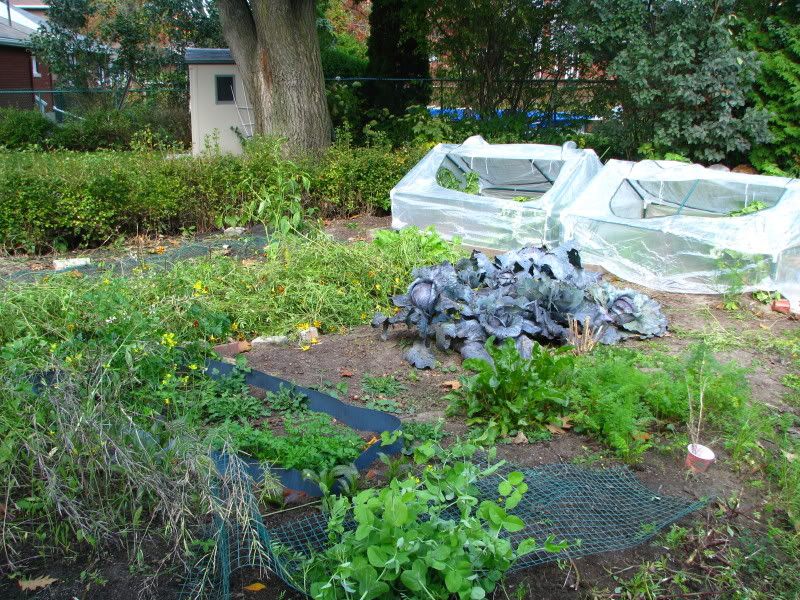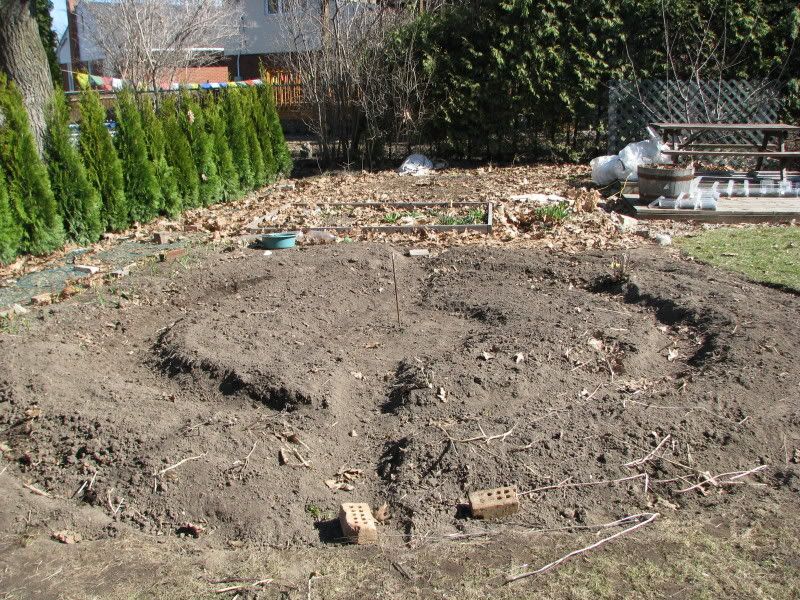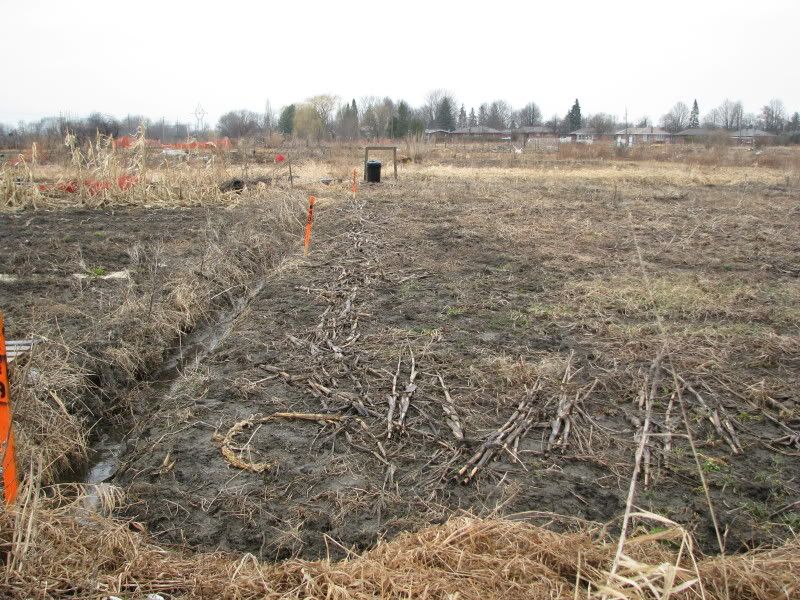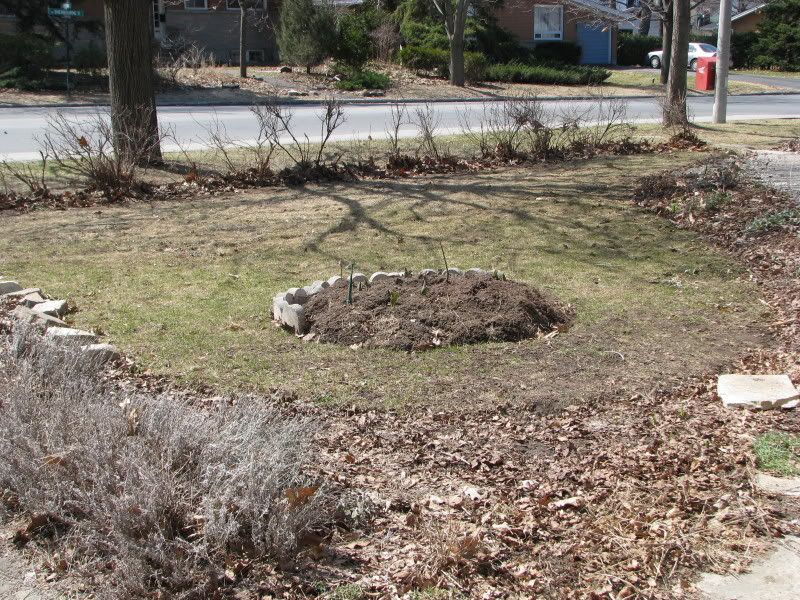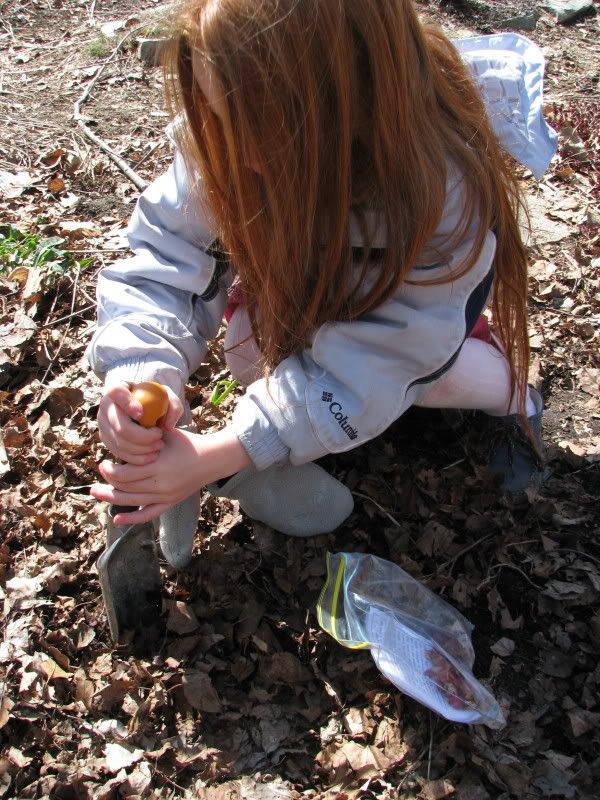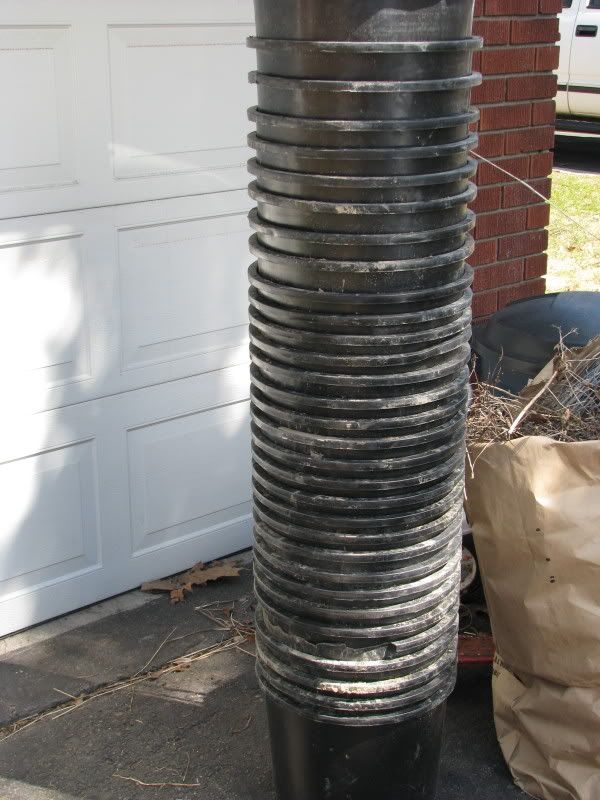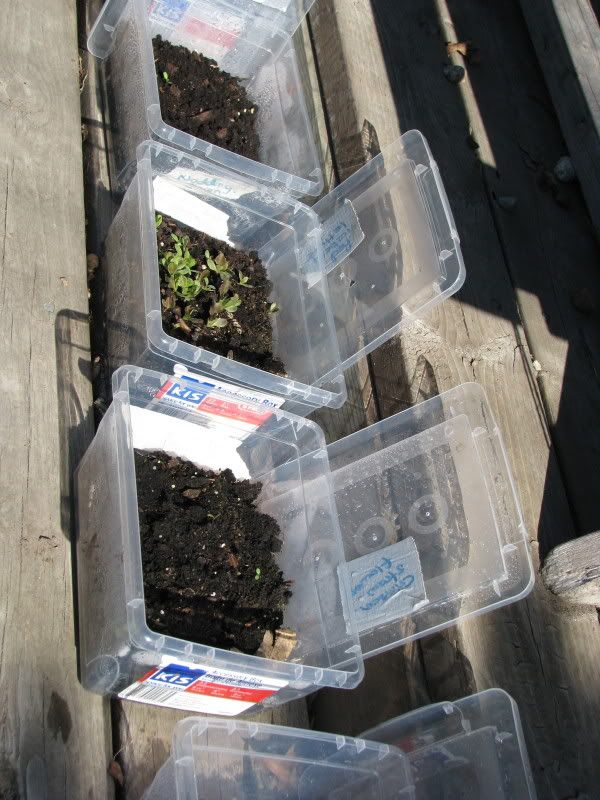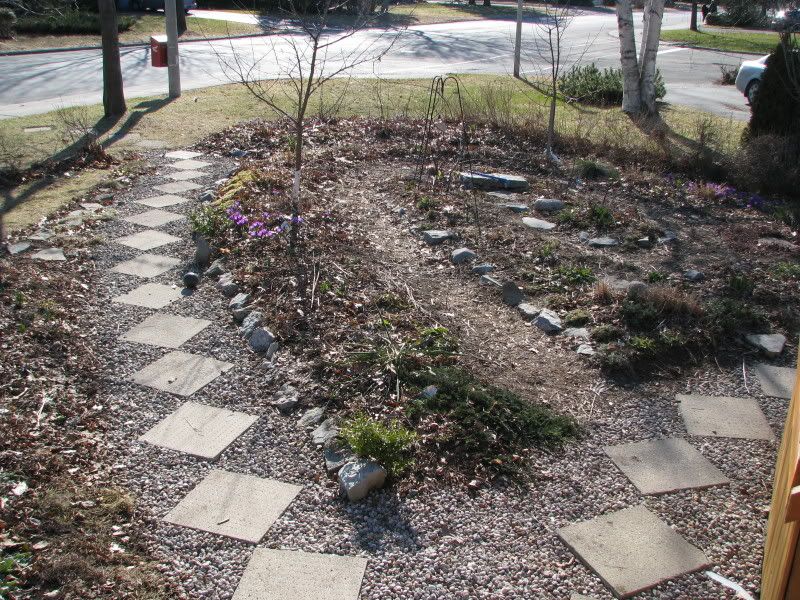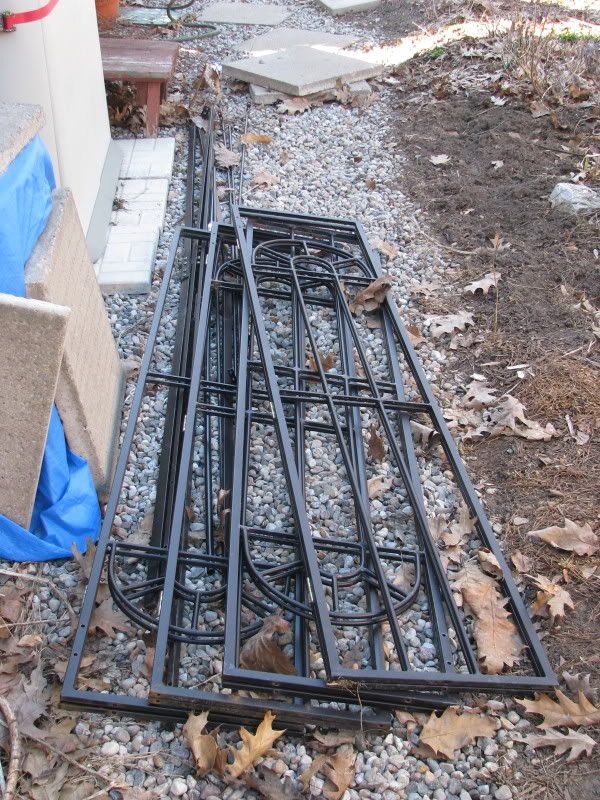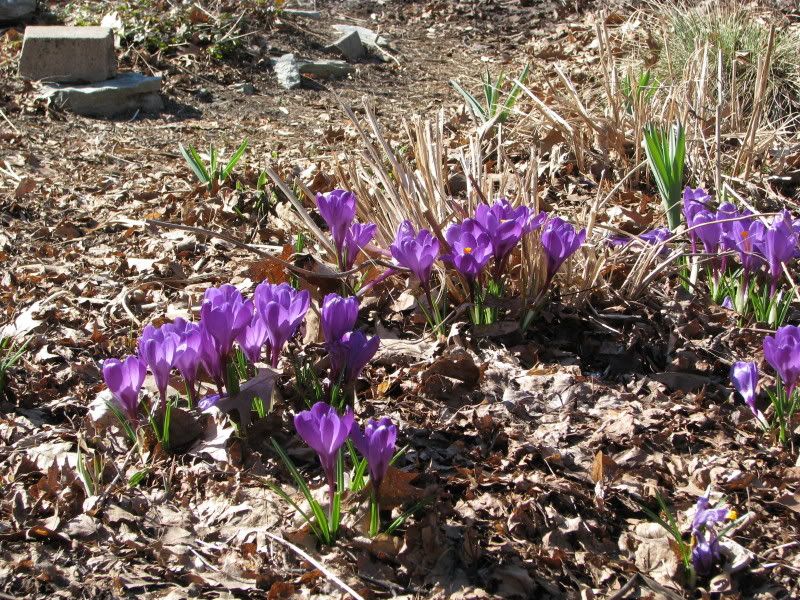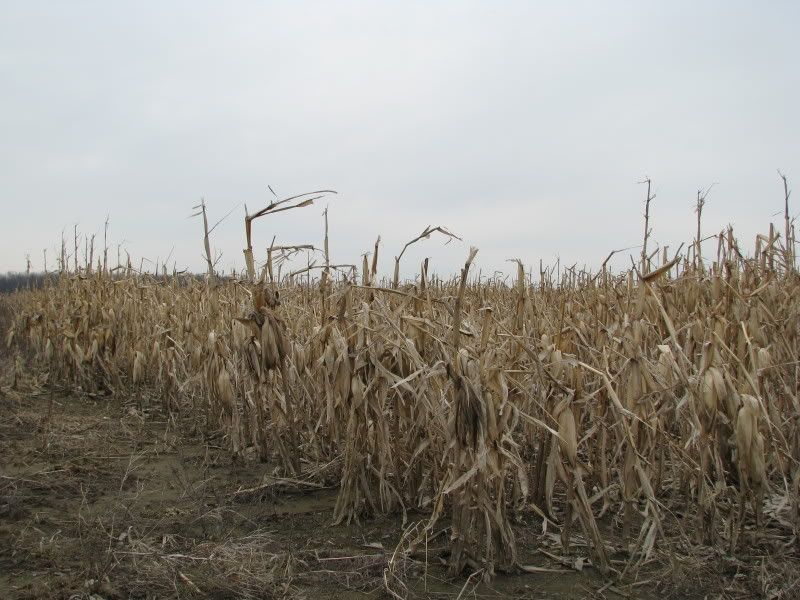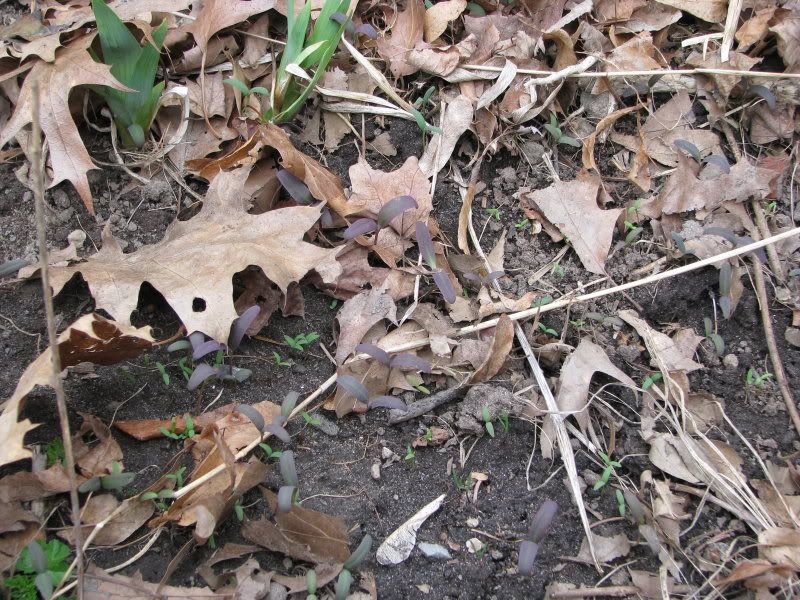
Mix of orachs from green to purple to variations in between.
Like I needed to worry. Yesterday, I notice a sea of tiny purple and green heart shaped brassica seed leaves where the osaka purple mustard was last year. I think it's safe to say that they have reseeded themselves.
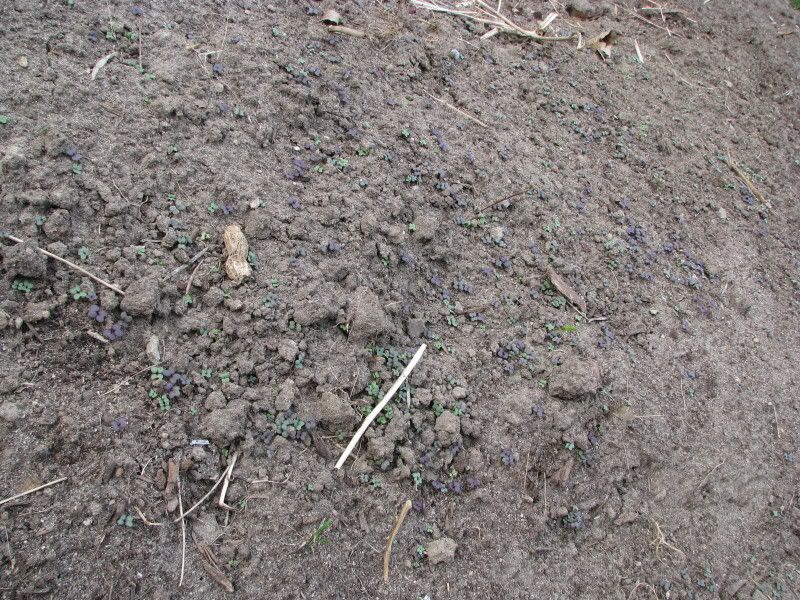
That's not green and purple mold, those are all mustard seedlings.
The sweet cicely seed head I tossed down also has dutifully reproduced.
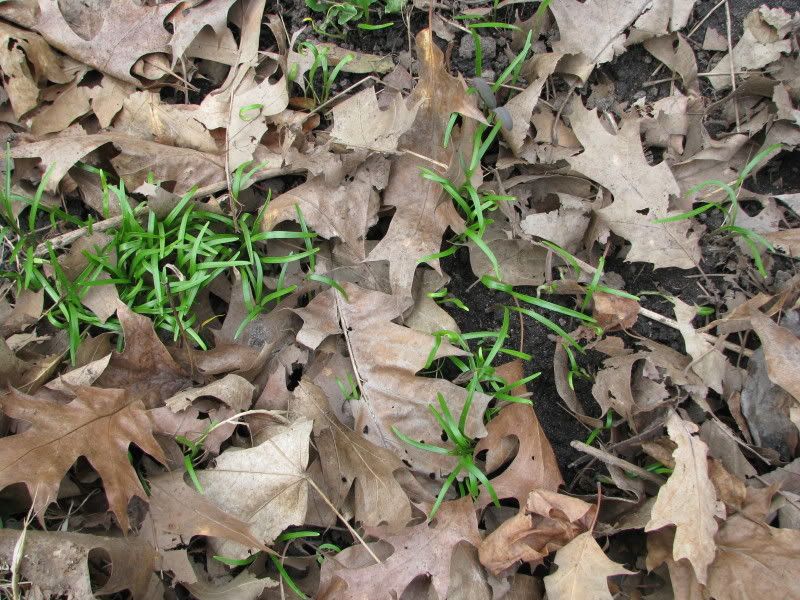
Sweet Cicely is a pain to germinate having a chilling requirement, liking a bit of freeze thaw (so I hear) and insisting that three earthworms do the tango at high noon on April Fool's day before breaking dormancy. It is also a short lived seed so I figure that I would let mother nature do what it does best. I lay the seed head down and said, good luck. As usual, they grew.
I'm waiting to see what else will pop out of the ground unplanted but certainly planned.
***
Orach is a slow to bolt spinach substitute that is so decorative that it is often grown as an ornamental. Comes in a range of colours from lime green to purple. It reliably self sows in my garden for early spring greens with no fuss. I think it should be said that spinach is an orach substitute.
Wild Garden Seeds has a great selection of Orach and Mustards.
Mustard is a spicy green that gives a stir fry or salad a kick, though milder versions have been bred. It is a cool weather lover as well but when it bolts, it showers the ground with seeds for a repeat performance the following year. Or you can eat some of the flower heads as sassy broccolini.
And lastly, Sweet Cicley has got to be one of my all time favourite perennial edibles. It is highly decorative with finely serrated leaves on this bushy perennial that reaches about 2-3 feet in my garden. The white lace cap flowers are similar to other members of the carrot family and attract beneficials. They are followed by large black seeds that stick straight up. The entire plant is edible and tastes of anise. It can be used as a sugar substitute. Best of all, it grows in part shade, being fond of the dappled shade at the edge of a wood lot so I'm told. Mine grows along the wall of our house in a dry garden. I love this plant.

